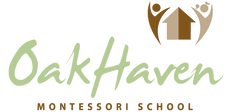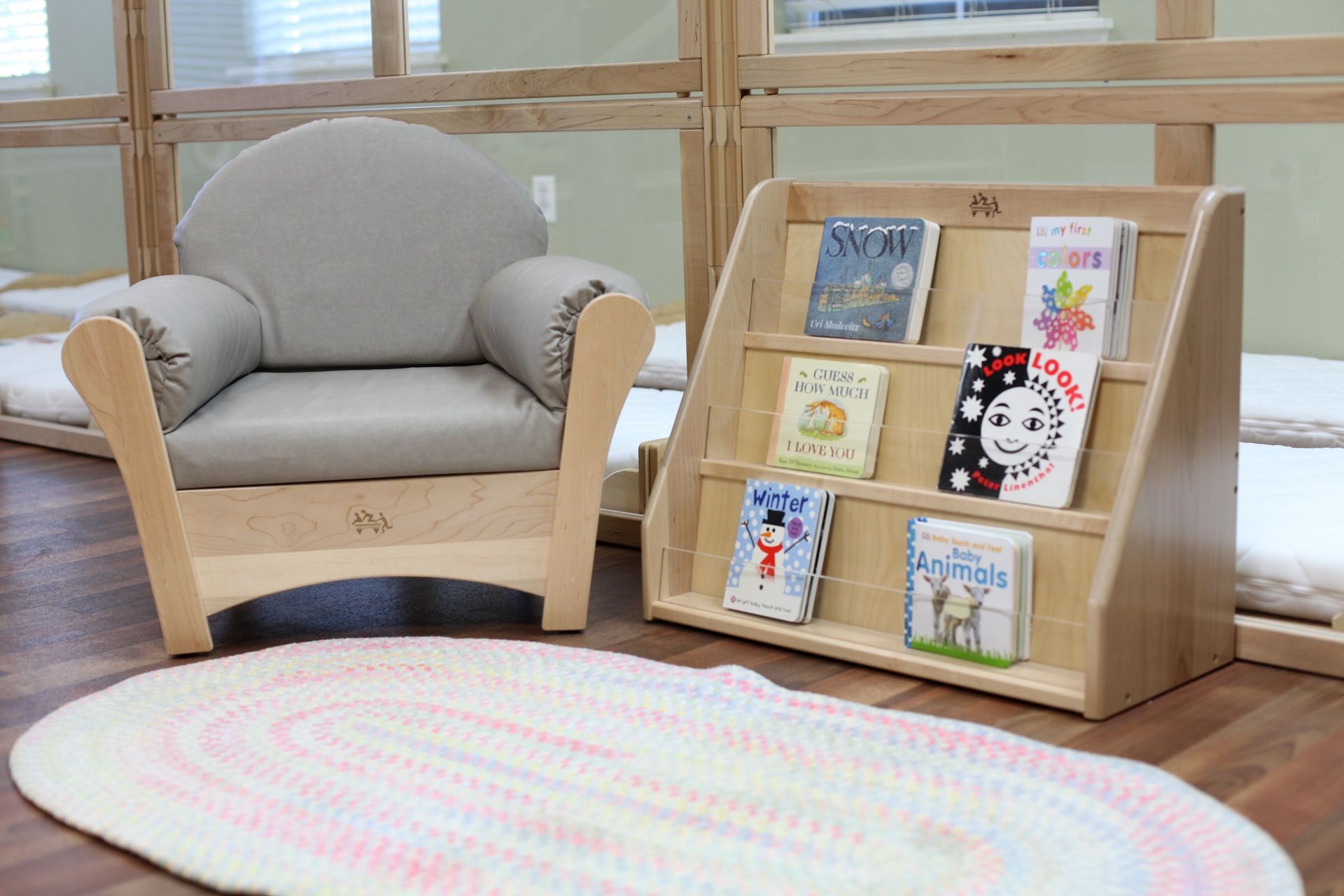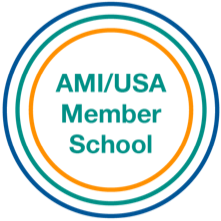
So, everything looks great about a childcare program you found in your community. They have a nice brochure and an up-to-date website. You had a great conversation on the telephone with the director. The next step in the process is usually a tour of the program.
If you are going to take time out of your day to tour a program in the O'Fallon area (or anywhere, really) you should prepare in advance. Childcare directors can say just about anything about the program. Yes, we read to the children every day. Yes, we serve a nutritious lunch. Yes, we do fire drills monthly. These are all just words.
Although the tour will be guided by the director - who will show you what she wants you to see - it’s helpful to know things to look for that denote a high-quality program. We’ve made it simple for you by compiling a list of 5 things to look for when touring a program.
A Shortlist of the Most Important Things to Look For:
1. What Does the Classroom Look Like?
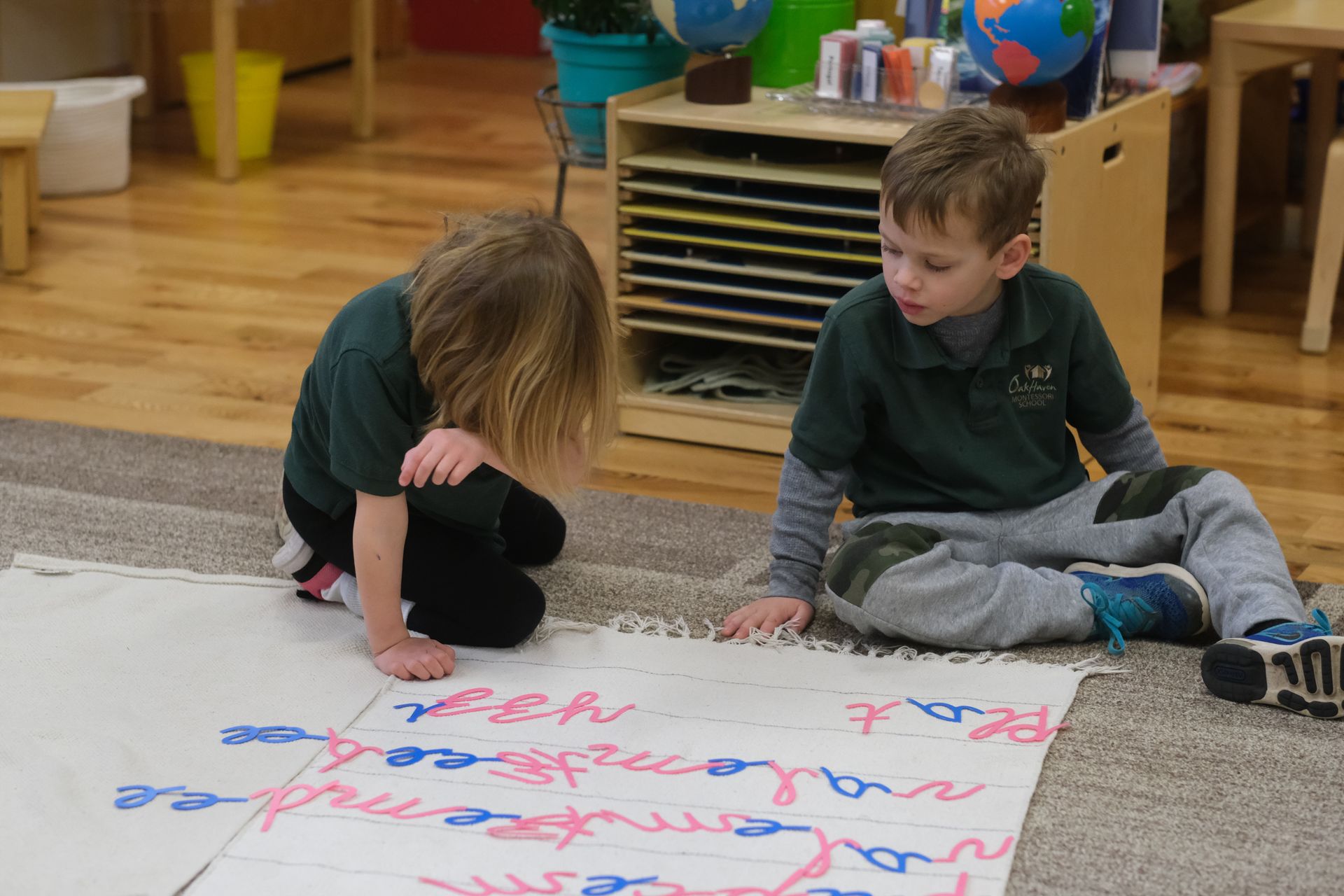
Your child will learn just as much from the environment as she will from the adults.
- Look for classrooms that are clean, uncluttered and organized.
- All items should be child-sized to allow her to develop independence.
- Be wary of classrooms that have loud colors and too much clutter. If you feel overstimulated, imagine how your child will feel!
- And, if there is a television in the classroom RUN in the other direction. You are paying for high-quality care from loving adults, not from a screen.
2. Are the Children Engaged in Activity?
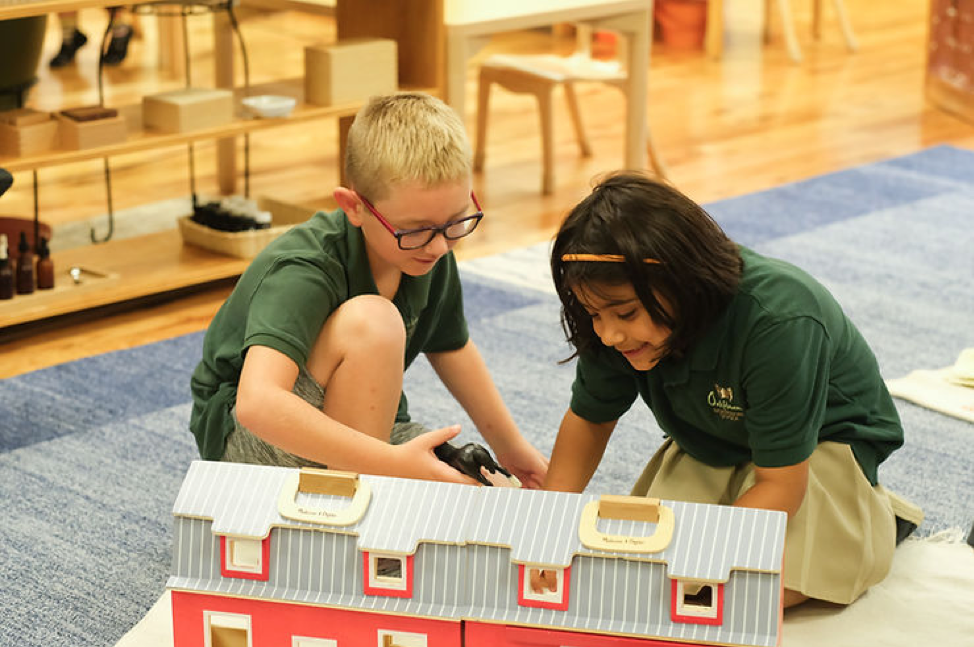
When I tour other childcare programs, too often I see pure chaos - children running around, chasing each other, and adults just trying to keep them from being injured. Of course, there is a time and a place for this (outside on the playground) - but in the classroom, you should look for children to be engaged in activities on their own, with a group or with an adult.
3. How Does the Staff Speak to the Children?
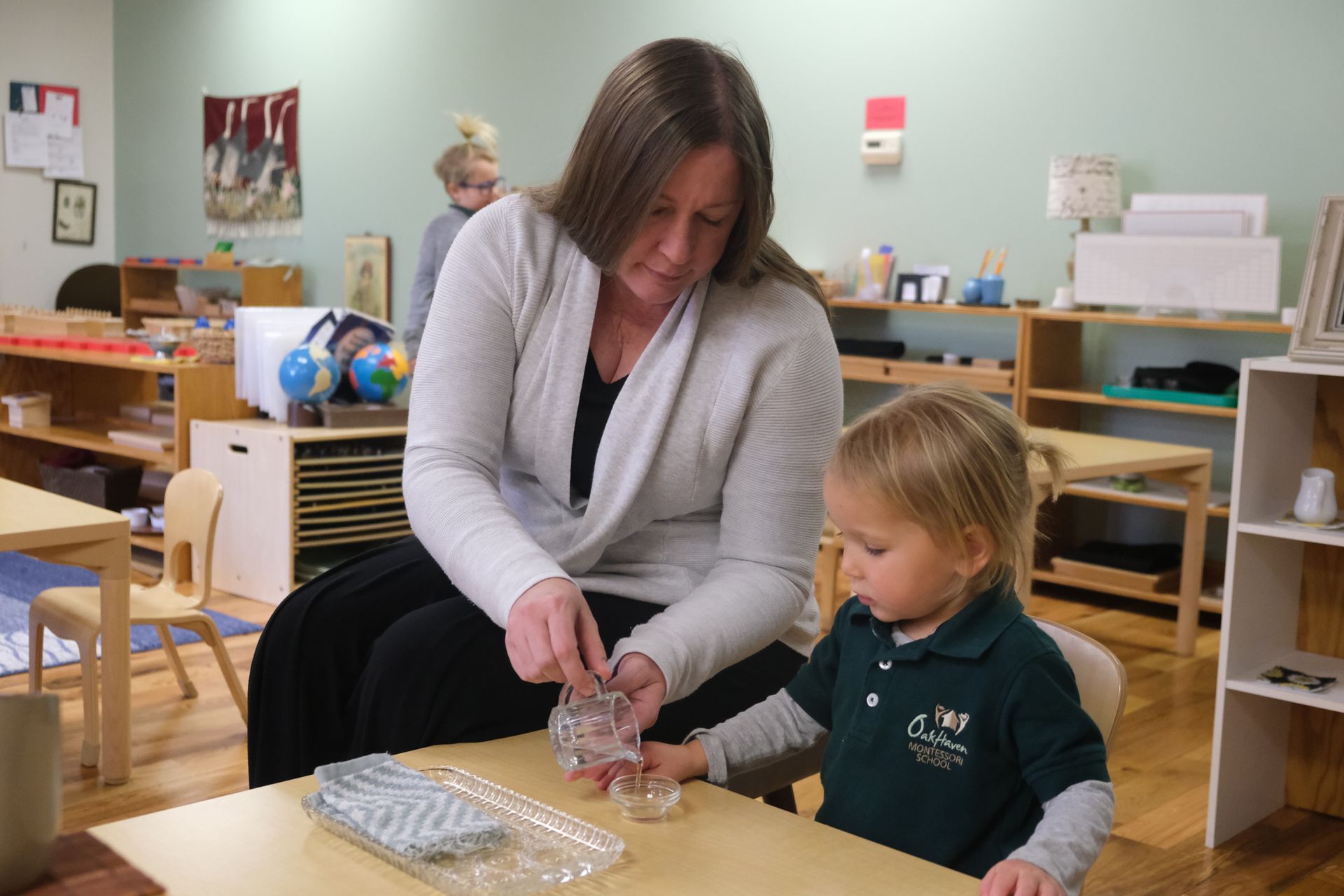
This should actually be broken into two parts. What are they saying and how do they say it?
- The what part is about the type of language used. Your child is in a period of intense language development and she will learn vocabulary, syntax, and grammar to use from the adults in her life. I know you will model proper grammar for your child - but be sure the adults in the center do as well.
- The how part is, perhaps, even more important. Look to see if the adults speak in a respectful tone to the children and that they take the time to get down at a child’s level when communicating. Red flags include yelling across the classroom and any tone that is exasperated, impatient or angry.
4. Does the Staff Look Happy?
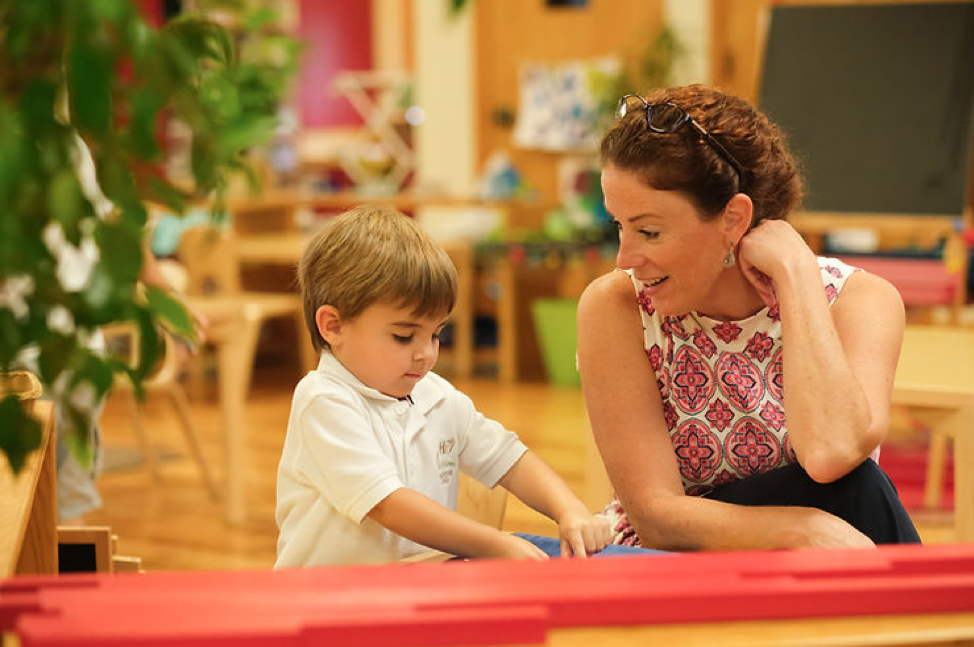
The staff in the program will spend more time with your child than your sister, your mother or your favorite babysitter. They will have a tremendous impact on your child’s development and you can (and should) CHOOSE a program that employs happy well-balanced adults. Be concerned if the staff seem stressed, distracted or unhappy.
5. Sweat the Small Stuff.
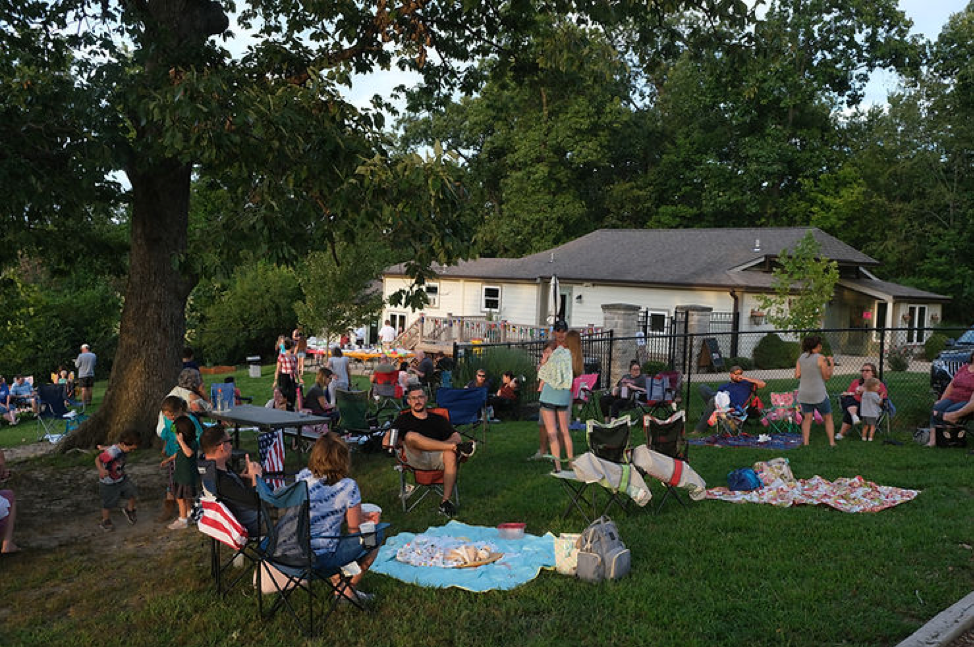
The tiny details of the program can actually tell you a lot about the overall quality. Is the entry clean and attractive? Is the lawn mowed? Are there cobwebs in the ceiling? Don’t get me wrong... some wonderful programs operate in less-than-ideal facilities. But, if you notice a lot of “little” things that need attention, you should think about how detail-oriented they will be with your child.
